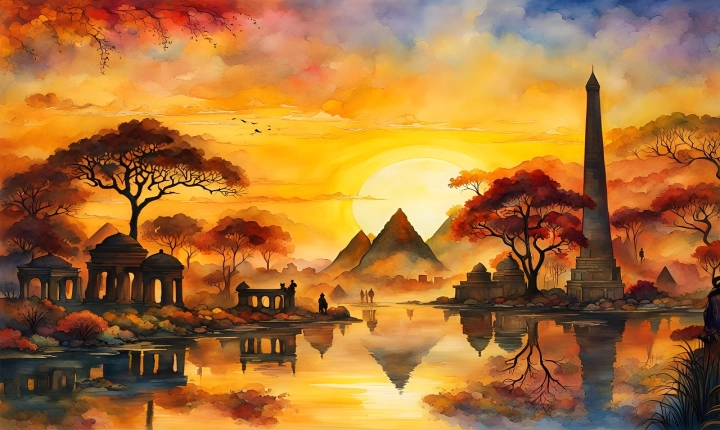Is AI Plagiarism the Future of Content Creation?
Artificial intelligence (AI) has revolutionized many aspects of our daily lives, from language translation to image recognition, and now it is making its mark on content creation. With the advancement of AI technology, we are seeing the rise of tools and software that can generate human-like text, raising questions about the potential for AI-generated content to be considered plagiarism.
AI has made significant strides in the production of written content. These AI systems are capable of analyzing large amounts of text, learning from it, and generating new content that mimics human writing. While this can be incredibly useful for tasks like summarizing information, generating reports, or even drafting emails, it also raises ethical concerns when it comes to originality and plagiarism.
One major concern is that AI-generated content may be too similar to existing human-created content, leading to accusations of plagiarism. This issue is particularly relevant for industries like journalism, academic writing, and creative writing where originality and authenticity are paramount.
However, the question of whether AI-generated content constitutes plagiarism is not straightforward. Plagiarism is generally defined as the act of using someone else’s work, ideas, or intellectual property without proper acknowledgment. As AI-generated content is created by a machine rather than a human, the traditional understanding of plagiarism may need to be redefined.
One argument is that the source of the content should be taken into account. If AI-generated content is created from openly available data or within the public domain, then it may not necessarily be considered plagiarism. However, if AI is used to generate content from copyrighted material without proper attribution, then it could be seen as plagiarism.
Another perspective is that the intent behind the creation of the content matters. If the AI is being used to intentionally replicate existing human-created content without adding anything new or transformative, then it could be seen as a form of plagiarism. On the other hand, if the AI is used to assist in the creation of original content by providing ideas or language suggestions, then it may be viewed as a tool rather than a plagiarizer.
Additionally, the responsibility ultimately lies with the human users of AI-generated content. Content creators need to be diligent in ensuring that the content they use, be it generated by AI or not, meets ethical and legal standards for originality and proper attribution.
As AI continues to advance and its role in content creation expands, there will be a growing need to address the ethical considerations surrounding AI-generated content and plagiarism. This may involve updating existing laws and guidelines to account for the unique nature of AI-generated work, as well as developing best practices for using AI in content creation while upholding principles of originality and integrity.
In conclusion, the rise of AI in content creation raises complex questions about the boundaries of plagiarism. While AI-generated content has the potential to enhance productivity and creativity, it also requires careful consideration of ethical and legal implications. As the technology continues to evolve, it is crucial for content creators, AI developers, and policymakers to collaborate in establishing clear guidelines that balance the benefits of AI with the need to uphold standards of originality and intellectual property.
